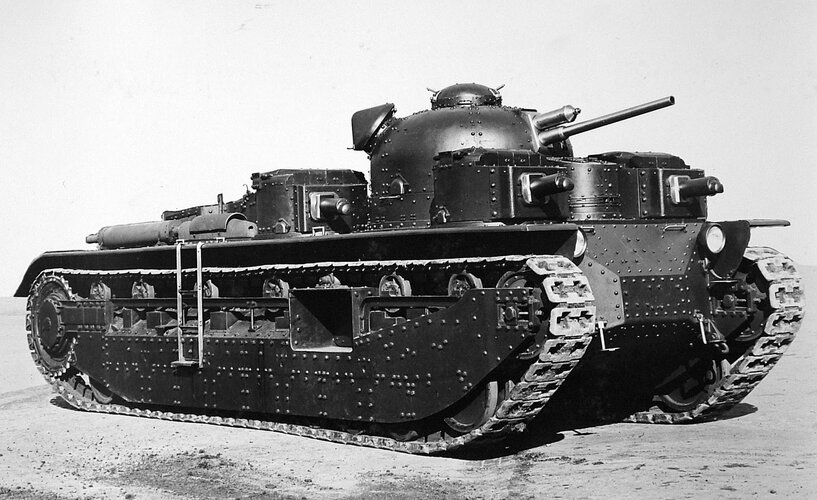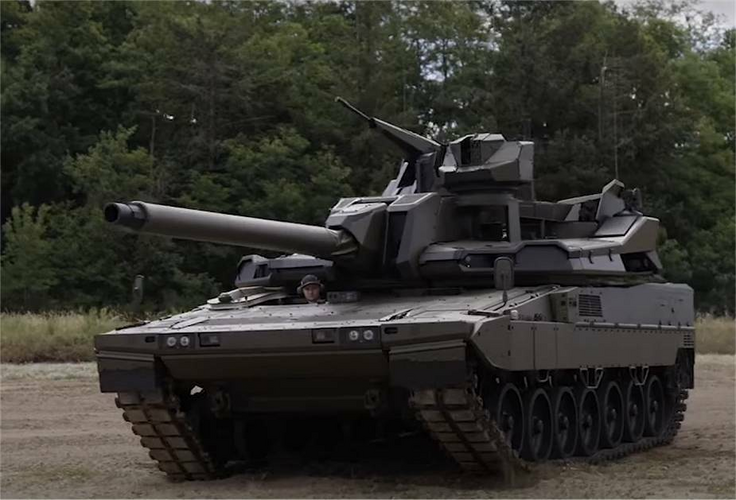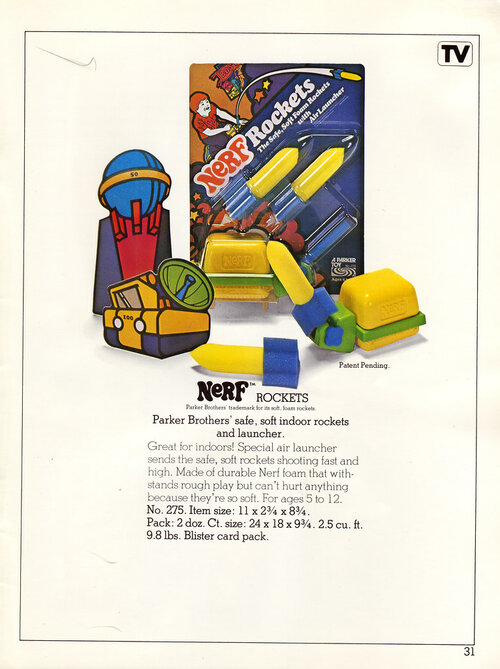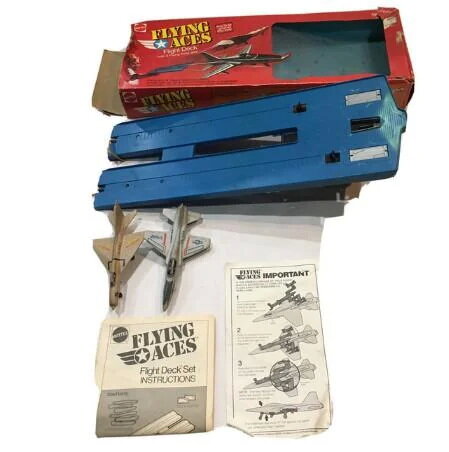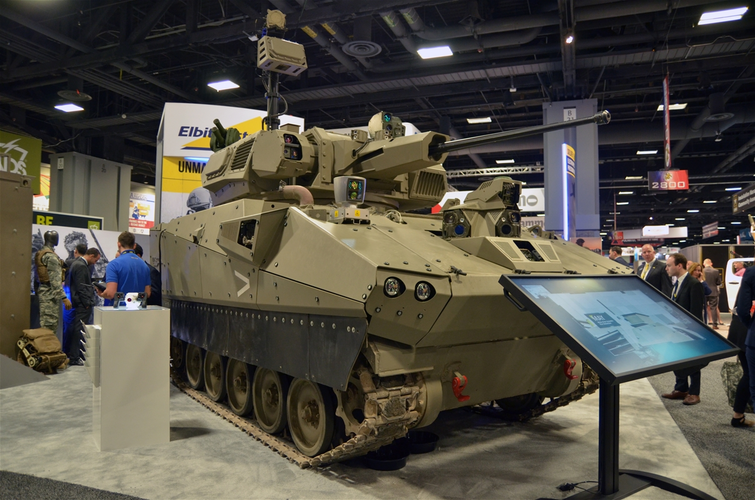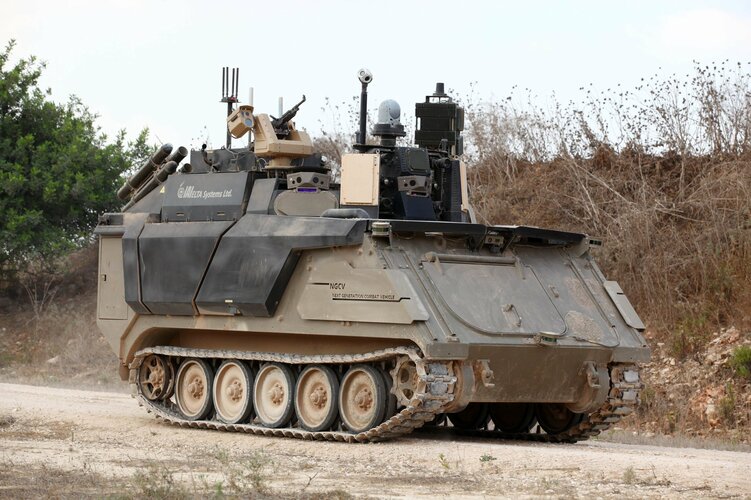And the people who will use the thing still want a backup that is a LOT harder to break.
My point was that tankers in combat in both Israel and Ukraine trust cameras more than their own eyeballs, and the reason things like Iron Vision exist is because poking your head out of a hatch doesn't give you any serious visibility improvements yet greatly increases crew vulnerability, which is why Rafael marketed it in the first place. The Merkava IVM has an entire bank of cameras to provide 360-degree vision for the driver, loader, and TC.
This is a direct result of the IDF's rather significant casualties caused by TCs constantly poking their heads out of the tanks and getting shot by Hezbollah snipers in Lebanon, or detonated by homemade off-route mines, both of which could have been prevented by giving sufficient under-armor visibility, which was addressed with the IVM upgrade.
Future Combat Systems was supposed to have something similar to the IDF's Carmel, which is developing an augmented reality, under-armor vision system for virtual transparency and highlighting of targets using shot spotting with multispectral cameras, which can VID hostiles using AKMs or PK machine guns based on spectral analysis of the muzzle flash (as an example).
The all-under-armor, crew-in-hull, three-abreast position has been known to be the optimal for maximized protection (all turret armor can be added to already formidable hull armor) and maximized crew operation (everyone can talk to each other and see each other without using VICs) of tanks for the past 40 years at least. The only reason it hasn't become universal (besides the T-14) is because Western countries have stopped developing new tanks, and the few times they have seriously tried to make new tanks, they've failed.
Deal with it, it's likely to be in the contract requirements.
It wasn't in the Manned Ground Vehicle or Ground Combat Vehicle requirements. Both of those had two-abreast crew in hull with (presumably) AI augmented combat systems. Reasonably futuristic, especially for the time, and far beyond the technology of their time. At least it shows that the thinkers at the top still know how wars will be fought in the future, which has since been proven by Ukraine and Israel's UAS problem within the initial 5-10 kilometers of the FLOT.
For that matter, the death of American TCs in Korea due to Chinese infantry bayonets and small arms fire directly led to the development of the M60's M85-armed cupola. The COWS on the M1 tank was of similar developments, but by this time, the three-quarters hatch had been developed which partially solved the issue.
Such hatches have long been deleted from post-Cold War manufactured AFVs, perhaps due to their cost (or some other reason), resulting in interesting videos of hand grenades landing in TC's laps and blowing apart the fighting compartment courtesy DJI Phantoms. Specifically I'm thinking of an M113A3 RISE in Ukraine that had the driver's position charred and burned.
As Marines train to deploy to war zones, there is daily discussion about how to detect the buried roadside bombs that regularly kill troops in Iraq and Afghanistan. Military researchers have found …
www.statesman.com
The lifestyles of children ~20 years ago made "poking your head out of the turret" something a lieutenant colonel or sergeant major would be good at at the time, but not so much a lieutenant or buck sergeant, because they probably grew up watching TV and playing video games. Nowadays, no one is probably particularly good at it, as those buck sergeants are now sergeants major and those lieutenants are now lieutenant colonels, and kids play a lot more video games than they did back in the '80s. This trend will not suddenly reverse itself given the increasing suburbanization of America's military-qualified, non-felonious youth.
Troops who can scan a battlefield with their naked eyeballs are increasingly rare, both because myopia is spreading and the aforementioned mental barricades of suburban life's most common elements tends to kill situational awareness later on in adulthood. This is actually a benefit, because it reduces the opposition to augmented reality camera systems, but it will take a while for this to trickle down to troops.
It's actually horrifying to think how soldiers raised from age two or four on iPads and Youtube might be at scanning for targets with their eyes.
It will be sped up in wartime, as Israeli and Ukrainian tankers have done, who are both plastering their Merkava IIIs and T-64BVs with commercial Go-Pros inside steel covers just to gain some ability of close-in SA, without needing to expose themselves to splinter and sniper fire. So why would it be any different for American tankers, who lack that experience in the first place (last major American mechanized offensive was literally 20 years ago), and are practically green by comparison?
